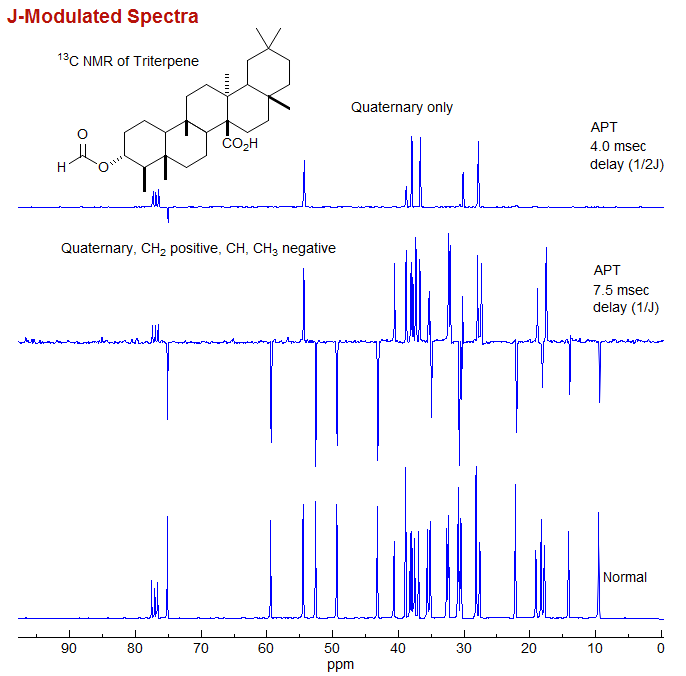Multiple solutions of HR-NMR spin-system spectra
MestRe-C includes the following processing features: It imports files from most spectrometers: Bruker (UXNMR/XWIN-NMR, Aspect 3000/2000, DnX and WIN-NMR) Varian (VXR and Gemini) GE/Nicolet (NT, GN, QE) JEOL The JCAMP-DX 5.0 standard files and files coming from Nuts are also supported. Quantitative NMR analysis made easy! A wide range of analysis types, from manual to assisted or fully automated batch processing, for all your qNMR concentration and purity determinations. A dedicated workflow developed to streamline qNMR! GO TO 'STORE' AND GET A LICENSE NOW.
Recently, I had a reason to read again a paper I wrote years ago with Peter Diehl and Jürg Vogt on the automatic analysis of HR-NMR spectra. Apart from the fact that re-reading one's own papers may be very interesting (one often learns a lot), one minor aspect of that study struck me as being of some value for NMR spectroscopy newcomers who often think that fitting a set of parameters (chemical shifts s and coupling constants J) to an HR-NMR spectrum automatically guarantees that the said parameters are 'correct'.
To show that this is not true, consider the two cases shown on the right. In both cases, each with two distinct solutions, the Figure shows stick spectra plotted 'upward' for one solution and 'downward' for the other one. The system of spin-1/2 nuclides is in both cases of the ABC type, one which appears to be most subject to solution multiplicity (more than four-spin systems). Convoluted with a Lorentzian of 0.1 Hz linewidth, the two spectra deviate in both cases less than 1% of the strongest line - a difference which may well be below the noise level.
Mestrec Nmr Software
Case A: Here we have two solutions which give essentially the same transitions with slight position and intensity differences noticeable only in a few very weak outermost lines or in combination lines with unobservable intensity. The parameters of the two spectra are:


Upward: sA = 8.26, sB = 6.13, sC = 1.00, JAB = 14.23, JAC = -9.69, JBC = 12.14
Downward: sA = 9.04, sB = 4.89, sC = 1.53, JAB = 19.15, JAC = -3.45, JBC = 11.33
Case B: Here the two solutions differ more than in case B, with some almost exactly coalescent lines of one solution splitting into visually resolved doublets in the other solution (the splittings, however, are too small to be resolved in a real experimental spectrum). The parameters of the two solutions are:

Upward: sA = 1.62, sB = 1.68, sC = -9.72, JAB = 0.49, JAC = 8.16, JBC = -5.16
Downward: sA = 2.91, sB = 0.47, sC = -9.78, JAB = 6.55, JAC = 7.42, JBC = 6.70
The feeling that a solution for a spectrum of a coupled spin system should be always 'correct' is comforted by H. Kummer's uniqueness theorem (Helv.Phys.Acta 36, 901, 1963). That theorem, however, applies only to generic systems with no special symmetries and does not take into account approximate, experimentally un-resolvable multiplicity like the cases shown above.
In special systems with manifest or hidden symmetries, the un-determination of spectral parameters is well known and accepted. In an AB system, for example, the sign of the coupling constant is irrelevant so that we always have two solutions.

In more complex systems like AA'A', or the ones shown above, one often finds in the multi-dimensional space of spectral parameters one or more continuous subsets (usually segments of one-dimensional 'lines') along which the spectra are approximately the same and experimentally undistinguishable. What, even today, is completely missing is any hint of a theory which, for any given type of spin system, would predict the existence of such subsets, their number and their properties. Such a knowledge would have great impact on deciding which combinations of parameters are strongly determined (small experimental error) and which might be almost undetermined.
Mestrenova Nmr Analysis

Mestrec Nmr Software Download
Another aspect of the problem which, in my opinion, merits attention is whether - and to which extent - 2D spectroscopy techniques remove the multiplicity of 1D solutions (when present). So far I did not have sufficient time and resources to look into this.



